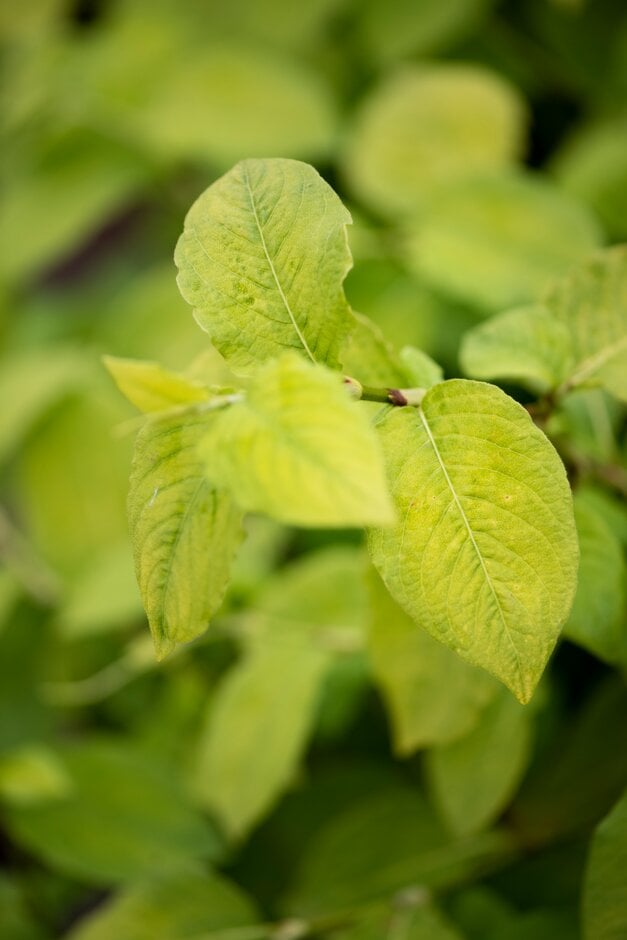Persicaria filiformis 'Ballet'
knotweed 'Ballet'
A clump-forming, deciduous herbaceous perennial with ovate pale green leaves and upright spikes of small, graceful wispy white flowers which appear from summer through until the autumn

Size
Ultimate height
0.5–1 metresTime to ultimate height
2–5 yearsUltimate spread
0.5–1 metresGrowing conditions
Moisture
Moist but well–drainedpH
Acid, Alkaline, NeutralColour & scent
| Stem | Flower | Foliage | Fruit | |
| Spring | Green | |||
|---|---|---|---|---|
| Summer | White | Green | ||
| Autumn | White | Green | ||
| Winter |
Position
- Full sun
- Partial shade
Aspect
East–facing or North–facing or South–facing or West–facing
Exposure
Exposed or Sheltered Hardiness
H6Botanical details
- Family
- Polygonaceae
- Native to GB / Ireland
- No
- Foliage
- Deciduous
- Habit
- Clump forming
- Genus
Persicaria can be annuals, herbaceous or evergreen perennials or sub-shrubs with simple leaves and small bell-shaped white or pink flowers in long-lasting spikes or panicles
- Name status
Accepted
How to grow
Cultivation
Grow in moisture-retentive but well-drained soil in full sun or partial shade See https://www.rhs.org.uk/plants/trials-awards for further information about RHS plant trials and awards
Propagation
Propagate by division in spring or autumn
Suggested planting locations and garden types
- City and courtyard gardens
- Cottage and informal garden
- Flower borders and beds
Pruning
Cut back old, flowered stems to the ground in autumn
Pests
Generally pest-free but may be susceptible to slugs and snails
Diseases
Generally disease-free
Get involved
The Royal Horticultural Society is the UK’s leading gardening charity. We aim to enrich everyone’s life through plants, and make the UK a greener and more beautiful place.